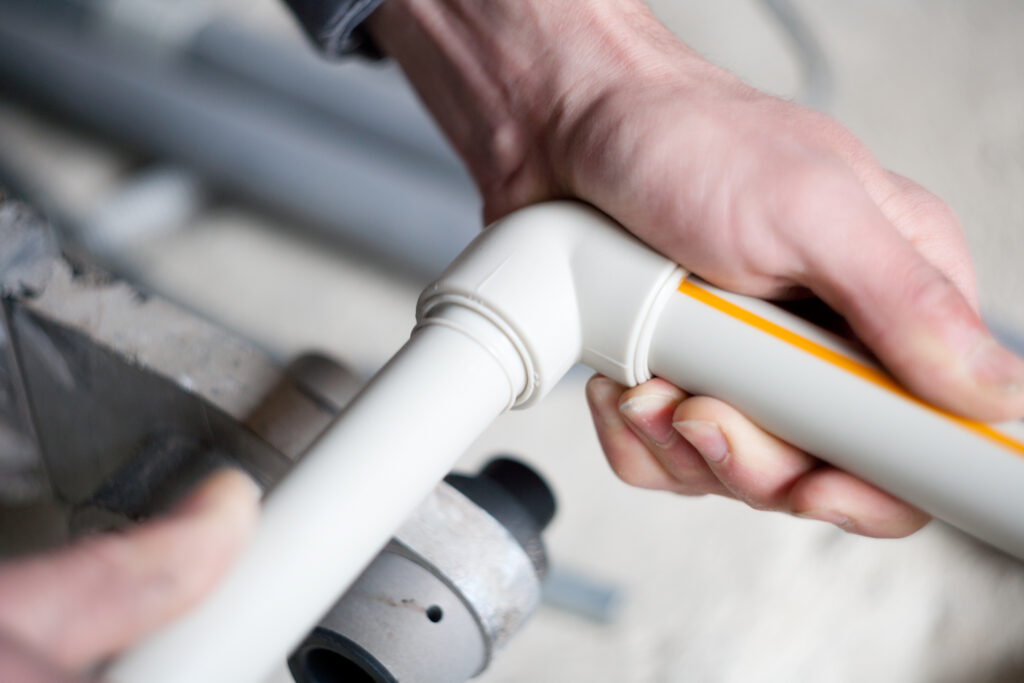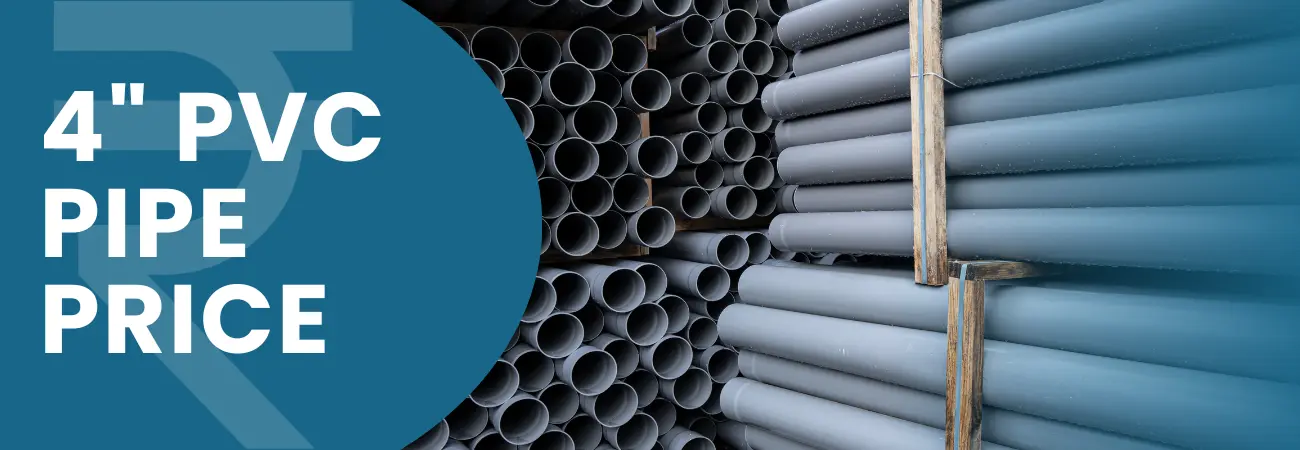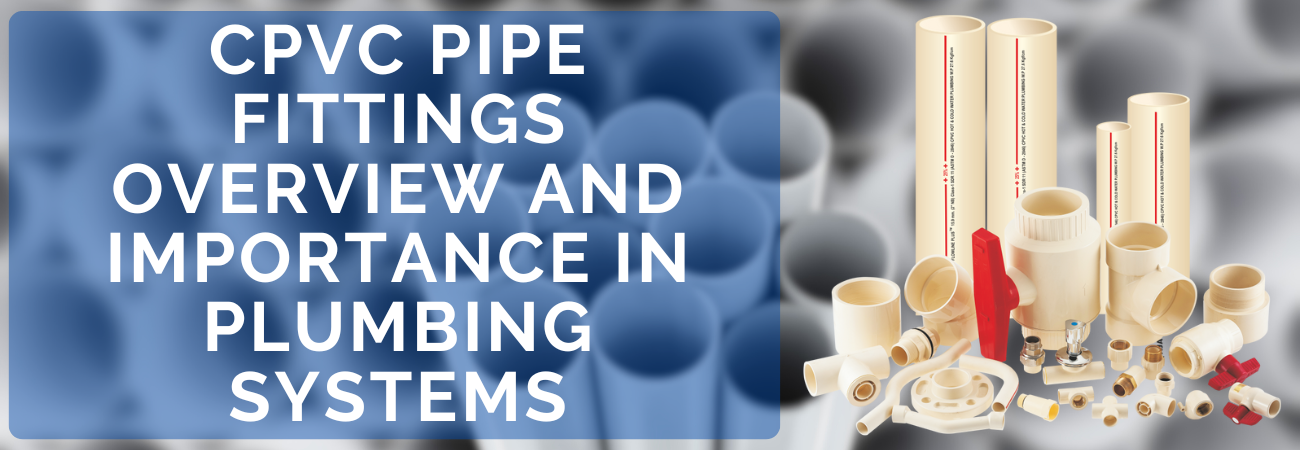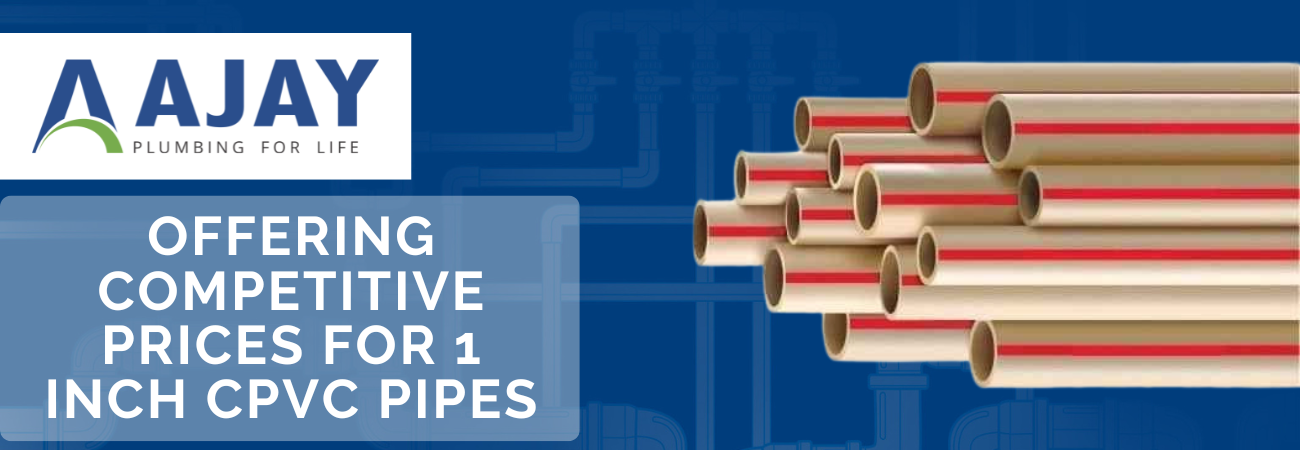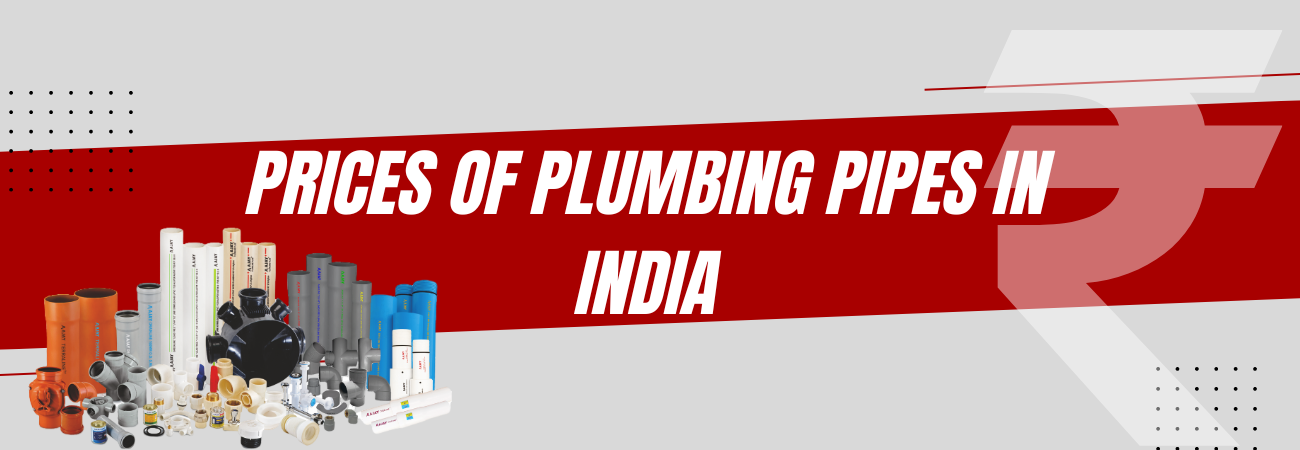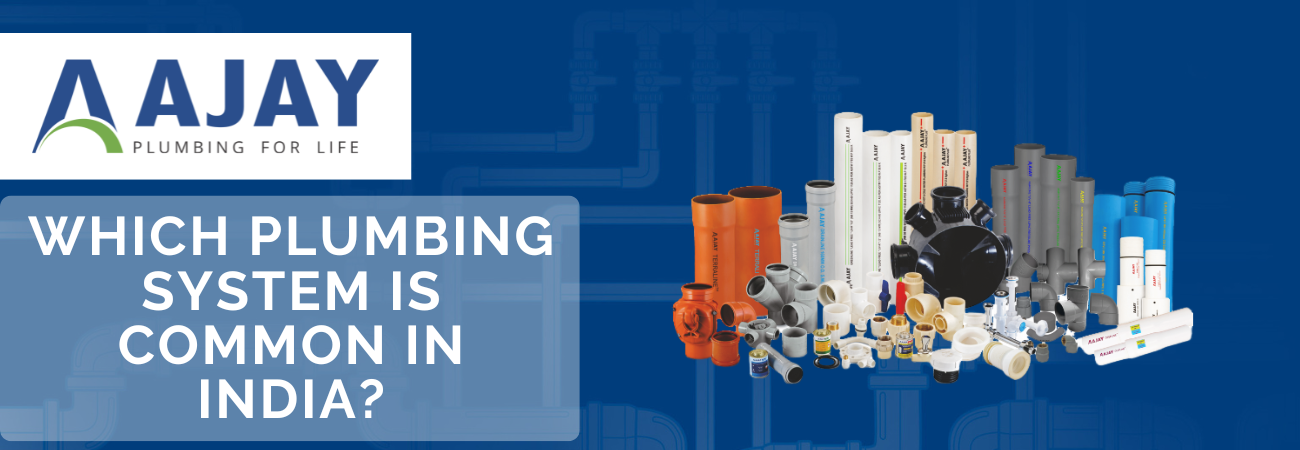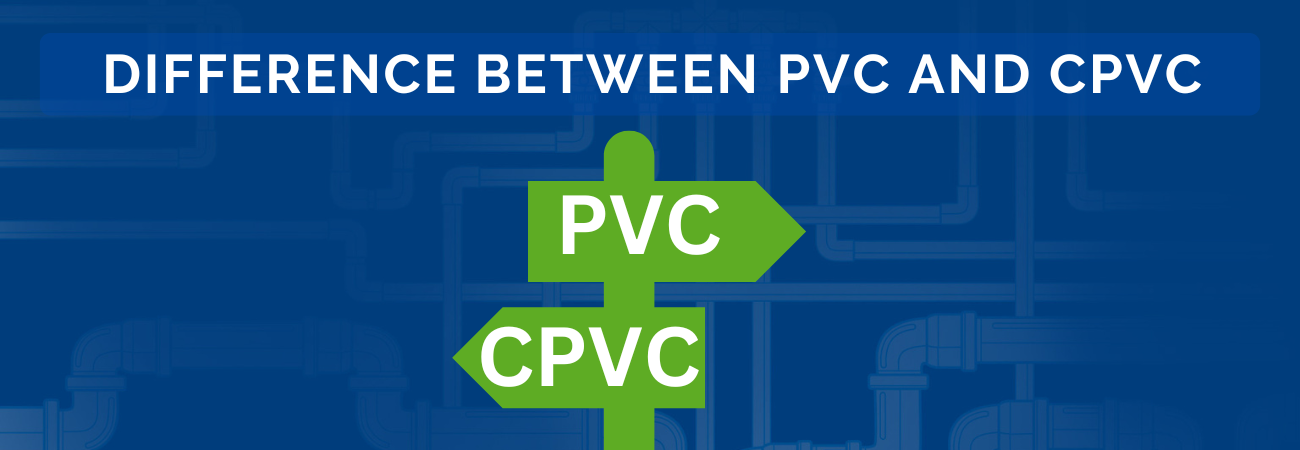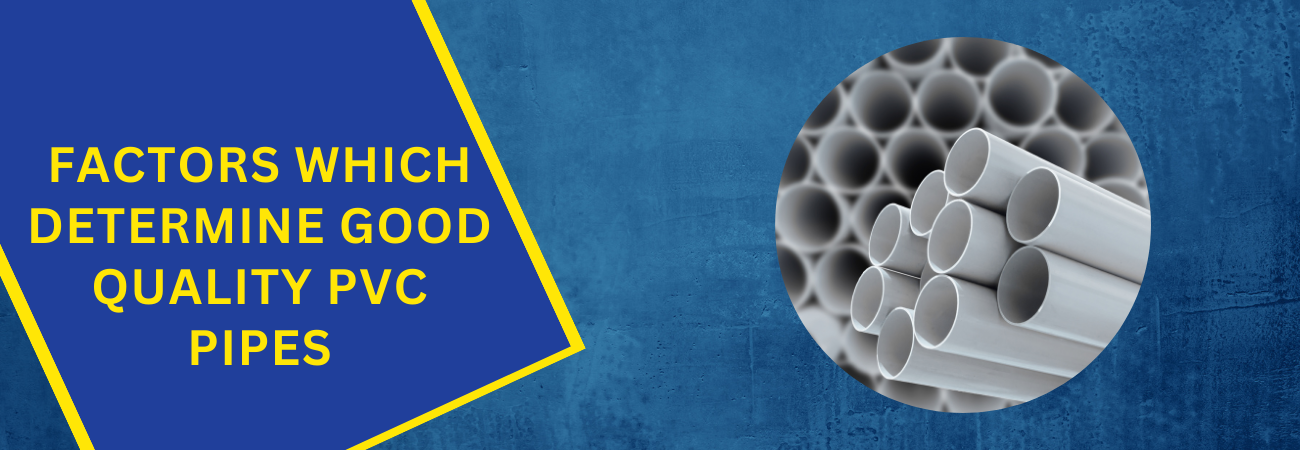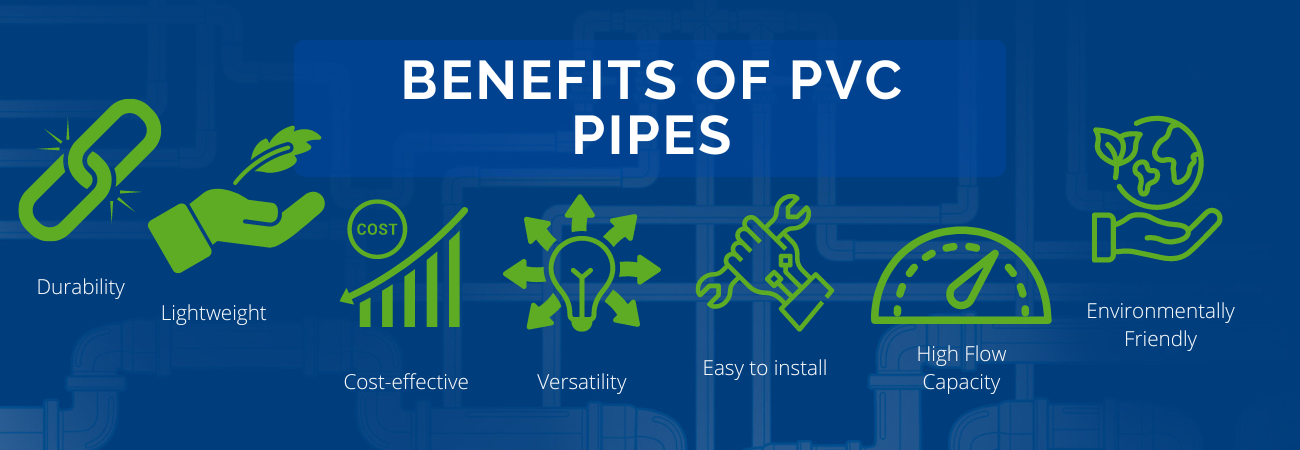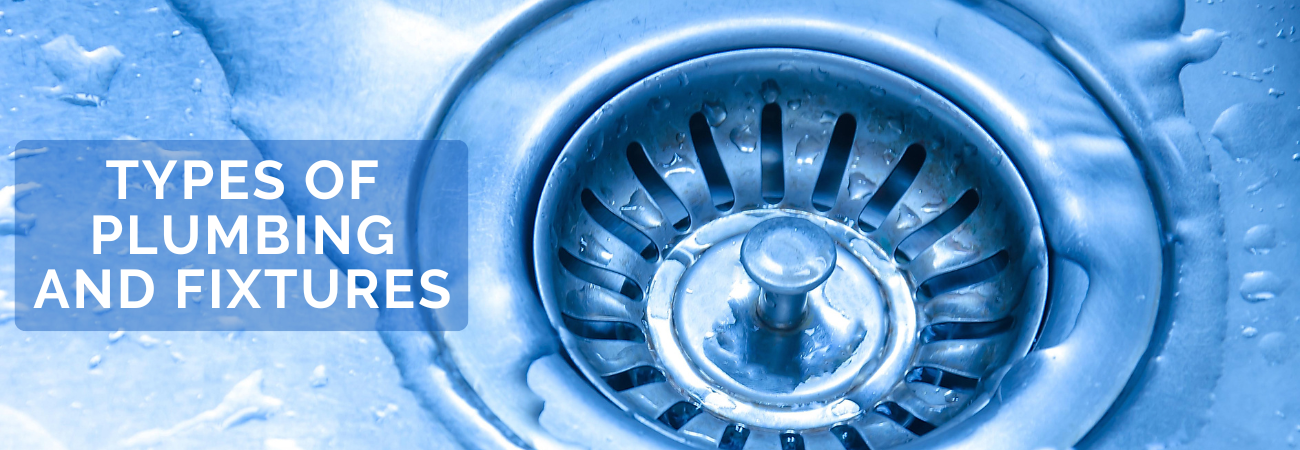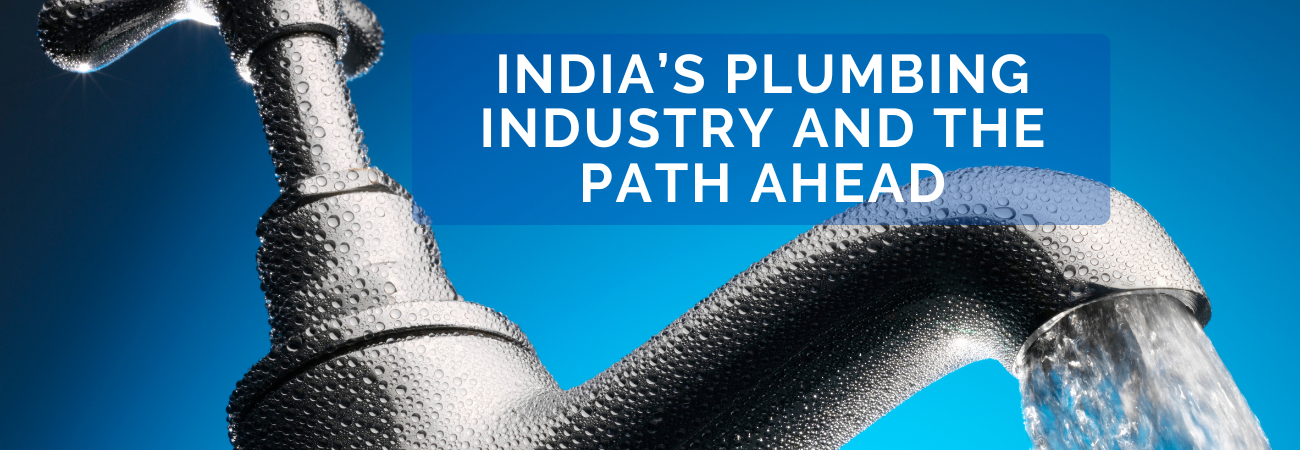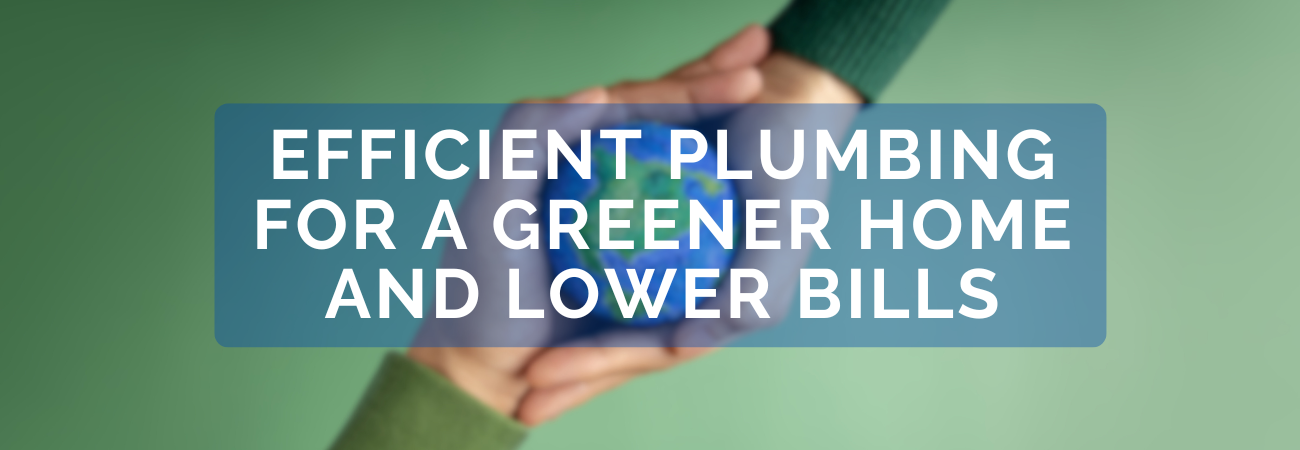Introduction
PVC Water Pipe for Hot Water
PVC is an acronym for Polyvinyl Chloride. Among the different types of plastic pipe used for water supply, PVC has a wide variety of plumbing uses. PVC pipes are very commonly used for irrigation piping, residential, commercial and in pool and spa systems as well. PVC pipes come in 2 different classes. Schedule 40 & Schedule 80 are the most commonly used PVC pipe for water distribution. However, choosing a PVC pipe for hot water is not ideal.
PVC has 57% chlorine hence it is normally used for cold water distribution and is not the best pipe for hot water lines. This is one of the main drawbacks of PVC pipes. Because of less chlorine percentage it will begin to degrade and break down when it is heated up. Moreover, when exposed to hot water PVC pipes will warp, bulge and ultimately fail. Hence they are not used for transporting hot water to sinks, bathtubs and washing machines.
The maximum operating temperature of Schedule 40 & Schedule 80 PVC pipe is 140 degrees Fahrenheit (60deg. C) and this is the same temperature of hot water used in homes. Any temperature above this will cause the pipe to break down and it either starts leaking or bursts. For this reason, PVC pipes and fittings are recommended for cold water distribution applications or the applications where the water temperature doesn’t exceed 140 degrees Fahrenheit (60deg. C). Hence, PVC pipe is not the best plastic pipe for hot water.
CPVC – The Best PVC Water Pipe for Hot Water
CPVC or Chlorinated Polyvinyl Chloride is a thermoplastic like PVC however the difference lies in the extra chlorination process (67% Chlorine) that gives additional quality like durability and the higher maximum operating temperature. CPVC pipes can be used for up to 200 degree Fahrenheit (93deg. C).
The operating temperature of the CPVC pipes makes it suitable for hot and cold water lines and is used for residential, commercial and industrial applications as well. Though CPVC is the best thermoplastic pipe for hot water supply, it will split if allowed to freeze.

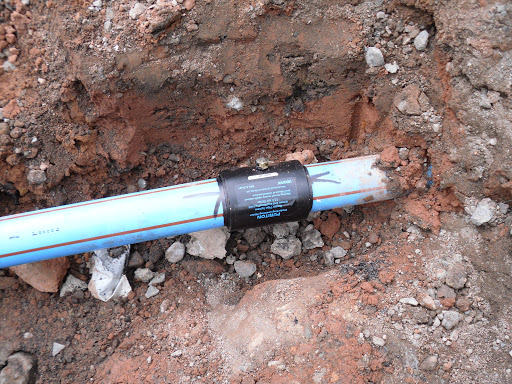
CPVC pipes are the best hot and cold pipes and have replaced the use of copper pipes in almost all the applications for several reasons. The interior of the CPVC pipe is smooth and so it makes little water noise when compared to copper plumbing systems. CPVC is well insulated and so they prevent energy loss in hot and cold water applications. CPVC pipes are highly versatile when compared to metal pipes and are fire-resistant.
Why Ajay Flowline – Plus for Hot water plumbing?
We at Ajay Pipes, manufacture CPVC pipes by making use of the latest technology and high-quality non toxic NSF certified compounded materials. The CPVC pipes & fittings manufactured by us are designed in such a way that they are ideal for hot and cold water lines. CPVC pipe & fittings can be the perfect choice for you because these pipes are durable, friction-free, corrosion-resistant, and environment-friendly.
Features of Ajay Flowline – Plus (CPVC Pipes & Fittings) for Hot and Cold water plumbing
- Ajay Flowline-Plus CPVC piping system performance is 25% higher compared to Generic CPVC. Hence, the Margin of Safety is more.
- Ajay Flowline-Plus CPVC piping system impact strength is 3times higher compared to generic CPVC resulting in much lower handling, transportation & installation related damages.
- Ajay Flowline-Plus CPVC pipe fittings are non-toxic and certified by NSF & CFTRI. Hence it is suitable for a potable water system.
- Ajay Flowline-Plus CPVC pipes & fittings designed to give 50yrs. life. This ensures a long trouble-free performance delivering one of the lowest lifetime ownership costs for the system.
- Ajay Flowline-Plus CPVC piping system provides leak-proof joints because of easy installation technique, Perfect-Fit system & high-performance Lo-VOC one-step solvent cement.
- Ajay Flowline-Plus CPVC pipes & fittings manufactured under very closed dimensional tolerances to give a Perfect-Fit system.
- Ajay Flowline-Plus CPVC pipes & fittings are versatile and can be used both in indoor and outdoor plumbing applications.
Some people also refer CPVC as
- pvc for hot water
- pvc hot water pipe fittings
- pvc pipe for hot and cold water
- pvc pipe used for hot water
- hot and cold pipes
- hot and cold water lines
- hot pipes
- pipe for hot water supply
- pvc hot water line
Other applications for CPVC pipes and fittings inside homes are:
- hot water heater lines
- hot water heater pipe connections
- hot water heater pipes
- hot water heater water lines
- hot water return pipe
- hot water supply line
- hot water tank pipes
- hot water tank overflow pipe
For any queries, contact the plumbing experts at Ajay pipes on the Toll Free No. : 1800-11-4050 or via email at our email address info@ajaypipes.com


